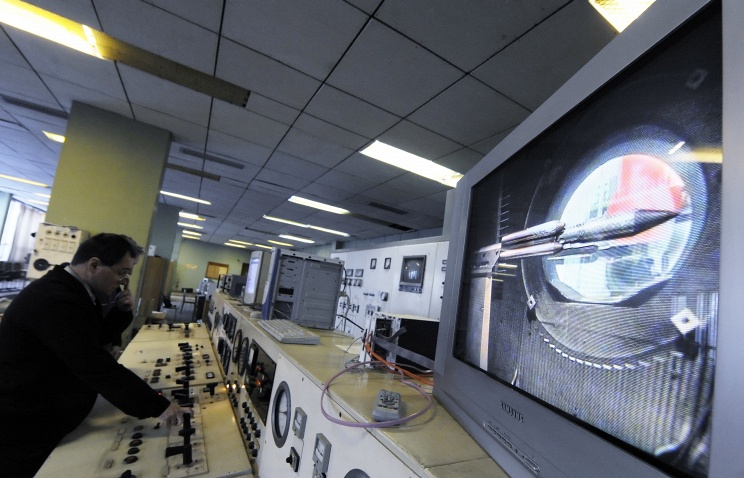Scientists scanning the galaxy have spotted big planets and small
ones, rocky planets and gassy planets, freezing planets and hellishly
hot ones. Now astronomers have strong new evidence of yet another kind
of world: a baby planet in the very act of formation.


It's the
first time researchers have definitively identified a juvenile planet.
This one, named LkCa 15 b, has been caught gobbling dust and
super-heated gas, a meal that will help it bulk up. Pictures of the new
baby show that, just like many human newborns, it's reddish in color.
"The
ultimate question we all want to answer is, how common are Earth-like
planets and how are they formed?" said Stanford University astronomer
Kate Follette, an author of a new study in this week's Nature describing
the planet. "This is a step along the way."
LkCa 15 b and its star lie about 470 light-years from our own solar system in the constellation Taurus. Previous research suggested there might be an embryonic world in this particular spot in the galaxy. So University of Arizona astronomer Stephanie Sallum and her colleagues trained some of the world's biggest and most sophisticated telescopes on this potential planetary nursery.
Using a telescope in the high desert of Chile, the scientists found super-heated hydrogen gas – a "smoking gun" for the presence of a young planet, said Rice University astronomer Andrea Isella, who was not involved with the research. A telescope on an Arizona mountaintop revealed traces of one or two additional planets, also young, orbiting the same star as LkCa 15 b.
Past research by University of Texas, Austin astronomer Adam Kraus suggested there might be a baby planet in this very place, and Kraus, who was not involved with this week's study, said the new findings "remove any doubt" about the presence of one youngster – the planet the study calls LkCa 15 b. He thinks a three-planet system is plausible, but he'd like to see more data confirming three planets rather than just one. Sallum said other evidence points to multiple planets as the most likely explanation.
Whatever the tally of planets-in-the-making, there's solid evidence for LkCa 15 b, which is 2 million years old at most – a mere toddler compared with our solar system. Our solar system is aged 4.6 billion years old – "boring middle age," Kraus joked. With the help of fresh young worlds like LkCa 15 b, scientists will be that much closer to understanding how planets are born and how they grow.
Source: 13MAZ, 18th Nov 2015




